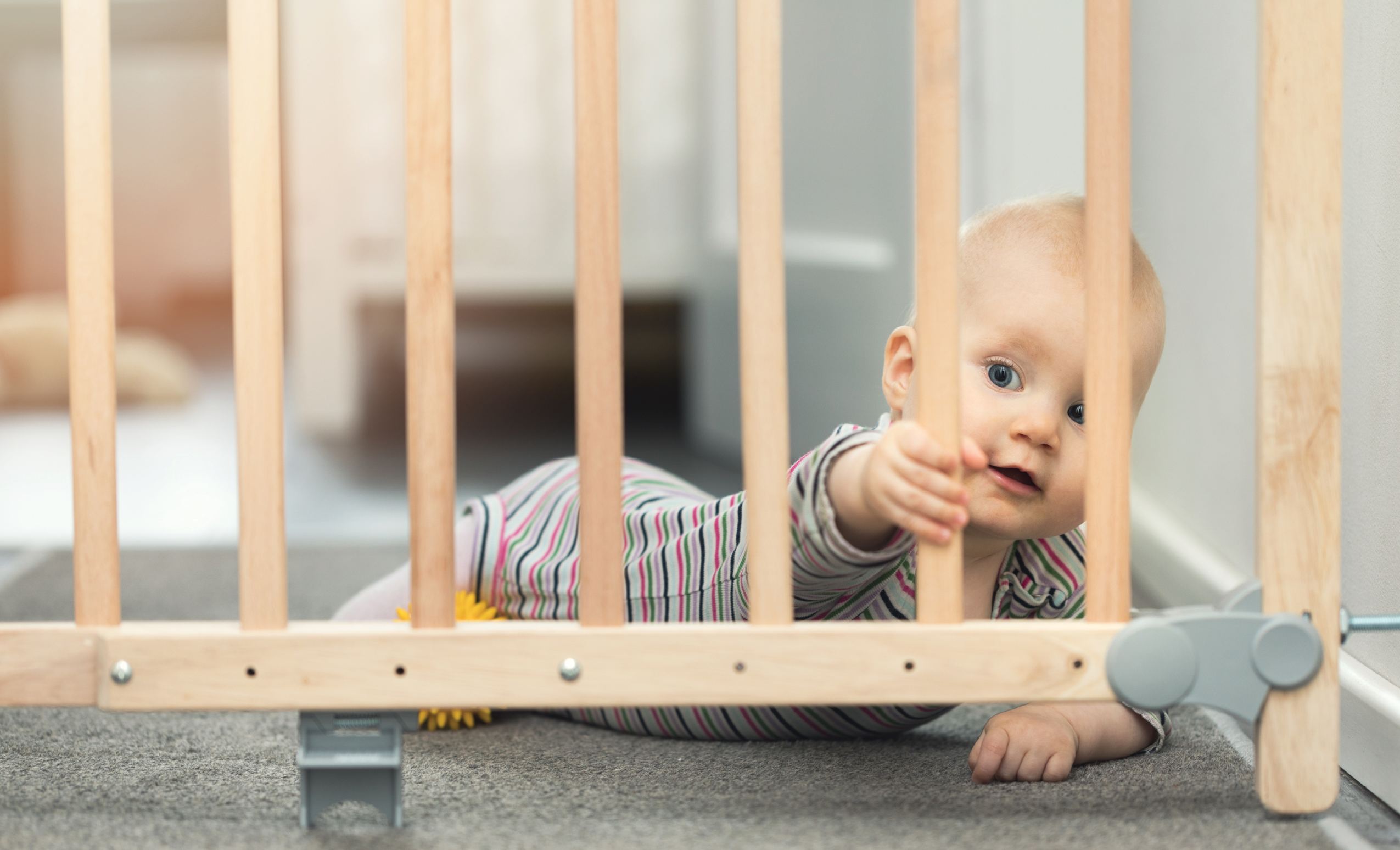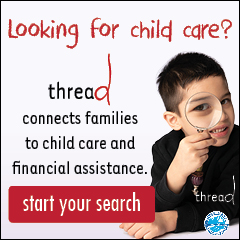Home Safe Home:
Preventing Accidents and Keeping Kids Safer
By Malia Jacobson

Today’s children may be the most supervised generation yet, with less time away from a caregiver’s gaze than kids enjoyed a few decades ago. But all this supervision hasn’t changed a simple fact – kids are accident-prone. According to the Centers for Disease Control and Prevention, accidental falls and injuries are still the leading cause of death for children under 14, and most accidents occur in or around a child’s home. “While we can’t eliminate every possibility, our best defense is to make our homes as safe as possible,” says childproofing expert Kenny Lynerd. Here’s how to keep kids safer, from birth through the teen years.
EARLY YEARS (Ages 0-5)
Mention “baby proofing,” and most new parents think of baby gates and cabinet latches. While these items are important – baby gates should be screw-mounted at the top and bottom of all staircases – they don’t address all household hazards. “Baby gates and cabinet latches are great ways to keep your babies and young children away from dangerous areas and items in your home. However, there are many other dangers in the home that you might not think of as a new parent,” says Annie Trostel, health education specialist in The Center for Childhood Injury Prevention. Take the bathroom, a spot brimming with potential safety hazards, from cleaning and grooming products to the water in the toilet. Use doorknob covers to keep toddlers out of the bathroom and move hazardous products like rubbing alcohol, nail polish and polish remover, cleaning products, bath salts, and perfumes into an upper cabinet, preferably one secured with a latch. Use toilet locks to keep the toilet lid closed – the basin of cool water is tempting, but top-heavy tots can tip into the bowl and drown in just a few inches of water.
ELEMENTARY YEARS (Ages 6-12)
Childhood safety hazards don’t disappear once kids outgrow baby gates. Falls from second or third story windows send thousands of kids to the hospital each year, and parents may not think about securing windows when kids are past toddlerhood. Never assume that a window screen will prevent a fall, says Stopat4, a child window fall prevention organization. Their guideline for window safety is easy to remember: Kids shouldn’t be able to open windows more than four inches. This means installing window stops on windows within a child’s reach, or child-safe window guards for windows that you may want to open more than four inches. If you’re building a home or installing new windows, ask about built-in limiting devices to keep windows from opening wider than four inches. Teach children never to sit or play on windowsills, no matter how inviting they seem, and move all furniture that kids can climb away from windows, says safety expert Kenny Lynerd.
TEEN YEARS (Ages 13-18)
Teens face less danger from household accidents than their younger counterparts, but caregivers shouldn’t let safety slide. Instead, make teens safety stakeholders by enlisting their help in assembling and maintaining one or several family first aid kits – teens will be better able to find and use a first aid kit that they helped to create. First, pick an easy-to-access spot for your kit, one that will be simple to point out to babysitters and visiting relatives. Choose a durable, cleanable container – a small fishing tackle box or hard-side makeup kit works well. Visit RedCross.org’s list of recommended items for a family-size first aid kit, says childhood safety expert Annie Trostel, and think beyond bandages: make sure to include less obvious items like aspirin, a space blanket, tweezers, scissors, she adds. Remember to stash an extra first aid kit in the car and with camping gear; a mini-kit can come along on daytrips and hikes. And don’t forget to complete the kit by adding needed medications for family members and the emergency contact numbers. Take the first aid knowledge further by enrolling your teen in a first aid and CPR course at a local hospital, and take comfort in the knowledge that your not-so-little kid is a lot safer, both inside and outside the home.










